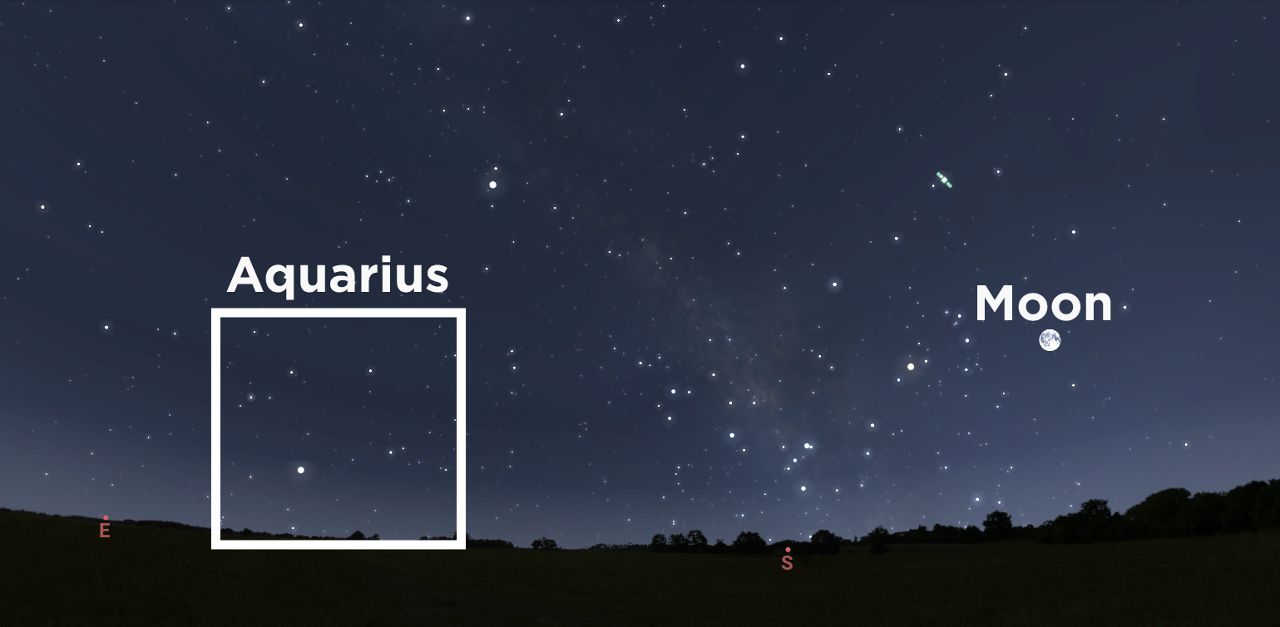The weekend kicks off with two events in the night sky.
While the meteor shower may become hard to see, you will easily see the full moon. Even though it’s technically in its fullest stage around midday on Friday, it’ll still appear full for a couple of nights.
May’s full moon is often called the Flower Moon. Native American names also have a spring flavor, including Budding Moon and Planting Moon.
The other side of the Earth, including Australia and Asia, will get a lunar eclipse.
Eta Aquarid meteor shower
While we won’t have that here, we do have a small meteor shower to look out for.
The Eta Aquarids are a minor meteor shower in the Northern Hemisphere, producing only around 10 meteors per hour in ideal conditions. However, the full moon hanging in the sky will wash out the dimmer meteors this time.
NASA says these are fast meteors that can leave long-lasting trails. They also sometimes come as “Earthgrazers,” skimming the horizon. That’s because the radiant (where the meteors appear to come from) is the constellation Aquarius, which won’t get very high in the sky.
Simulation of the southern/southeastern sky before dawn on Saturday, May 6. (Adapted from Stellarium)
Your best viewing time will come before dawn. Southern skywatchers may have a little more luck than others since Aquarius climbs a little higher than for those farther north.
Let your eyes adjust to the darkness for at least 15 minutes and don’t look at your phone. You might try facing away from the moon to avoid some of its brightness.
The Eta Aquarid meteor shower happens as the Earth passes through debris from Comet Halley. That’s the same one that’s responsible for the more well-known Orionid meteor shower every October.
You’ll want to look up at the other celestial sights coming this year.
Our team of meteorologists dives deep into the science of weather and breaks down timely weather data and information. To view more weather and climate stories, check out our weather blogs section.

